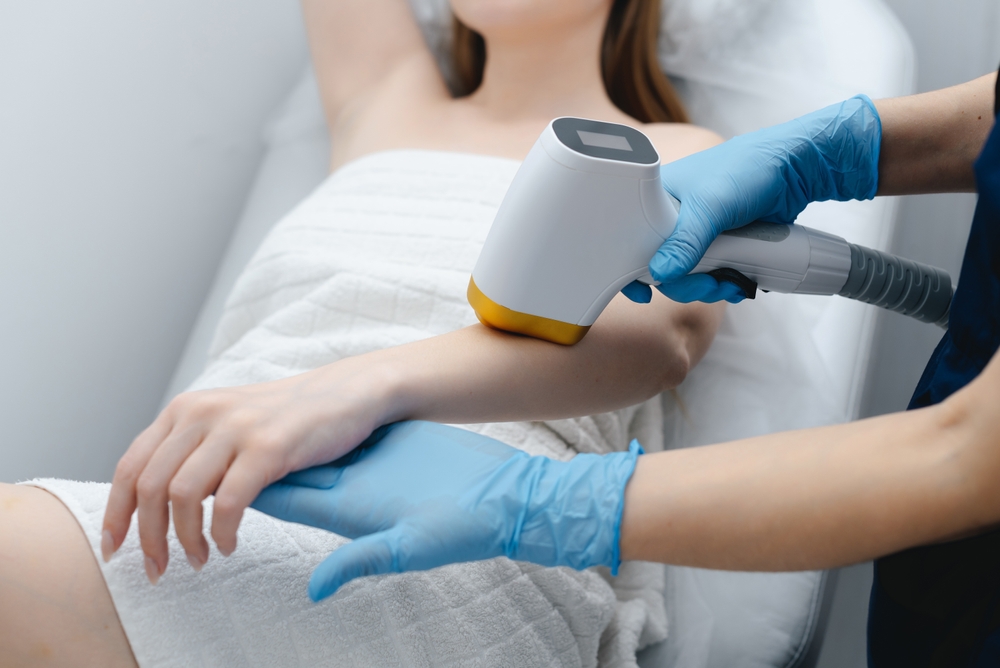Complete Guide to Modern Laser Skin Treatments and Care
Explore how modern laser skin treatments can tackle sun damage, age spots, fine lines, acne scarring and uneven tone. This guide explains different laser types, what to expect during treatment and recovery, likely results, potential risks and cost ranges, helping you decide whether laser therapy is right for your skin care needs.

Laser therapies have become a cornerstone of contemporary skin care, offering targeted solutions for a wide range of cosmetic and dermatologic concerns. By using concentrated light energy, these procedures can selectively treat damaged tissue, stimulate collagen production and improve skin texture with increasing precision. Below is a practical, patient-focused overview of common indications, how treatments work, recovery expectations, benefits, risks and typical costs.
Common Skin Conditions Treated with Lasers
Lasers are used to address many visible skin issues. They can reduce age spots and sun-related pigmentation, soften fine lines and wrinkles, and improve the appearance of acne scars. Treatments are tailored to each condition and skin type: some lasers remove surface layers to eliminate damaged skin, while others act beneath the surface to encourage collagen remodeling without ablating the top layer.
Types of Lasers and How They Work
Lasers differ by wavelength, intensity and delivery method. Ablative lasers (for example, full-field CO2 treatments) vaporize the outermost skin layers to remove damaged tissue and trigger a robust healing response. Non-ablative lasers penetrate deeper without removing the epidermis, heating underlying tissue to stimulate collagen formation while preserving the surface skin.
Fractional lasers create microscopic columns of treated tissue surrounded by untouched skin, speeding recovery by allowing healthy tissue to aid healing. Intense pulsed light (IPL) devices are not true lasers but use broad-spectrum light to target pigmentation and vascular blemishes. Each technology has advantages: fractional and CO2 therapies are powerful for significant resurfacing, while non-ablative and IPL options are gentler with shorter downtime.
Treatment Process and Recovery
The journey typically begins with a clinical consultation and skin assessment by a licensed medical professional. During this visit, providers will review medical history, skin type, and treatment goals. A patch test may be performed for certain devices, particularly on darker skin tones.
Sessions range from brief 15-minute spot treatments to over an hour for larger areas or combined procedures. Topical numbing or local anesthesia may be used for comfort. After treatment, immediate effects can include redness, warmth and mild swelling. Recovery varies by intensity: light non-ablative therapies may allow same-day activities, whereas aggressive ablative procedures can require several days to weeks of wound care, crusting and redness as the skin regenerates.
Proper aftercare—cooling, gentle cleansing, prescribed ointments and rigorous sun protection—is essential to reduce complications and support optimal healing. Follow-up appointments help monitor progress and determine if additional sessions are needed.
Benefits and Expected Results
Laser treatments can noticeably improve skin texture, minimize the visibility of scars and create a more even complexion. Improvement is often progressive: initial changes may be visible within days to weeks, while continued collagen remodeling produces more substantial results over several months. Many patients experience lasting benefits, though maintenance sessions are commonly recommended to preserve outcomes as skin ages and environmental damage accumulates.
Realistic expectations are important: outcomes vary based on the condition treated, the device used, skin type and the individual’s health and lifestyle.
Safety Considerations and Potential Risks
When delivered by experienced clinicians, laser therapies are generally safe, but they are not risk-free. Short-term side effects include redness, swelling, sensitivity and temporary darkening of treated spots. More significant but uncommon complications include scarring, infection or permanent changes in pigmentation (hyperpigmentation or hypopigmentation), particularly in darker skin tones or when aftercare is inadequate.
Reducing risk begins with an accurate assessment, selecting the appropriate device and settings for your skin, and adherence to pre- and post-procedure instructions—such as avoiding tanning, certain medications or topical agents before treatment. Choose a qualified medical professional with training in laser procedures and review before-and-after photos and patient testimonials.
Treatment Costs and Provider Comparison
| Treatment Type | Average Cost Range | Number of Sessions Needed |
|---|---|---|
| Fractional Laser | $1,000 - $2,500 | 3-5 sessions |
| CO2 Laser | $2,000 - $4,000 | 1-2 sessions |
| IPL Treatment | $400 - $600 | 4-6 sessions |
| Non-ablative Laser | $800 - $1,500 | 3-4 sessions |
Prices, rates, or cost estimates mentioned in this article are based on the latest available information but may change over time. Independent research is advised before making financial decisions.
Choosing a Provider and Final Thoughts
Selecting the right provider is as important as choosing the right treatment. Seek clinicians who are board-certified, experienced with the specific laser technology you are considering and transparent about risks, realistic outcomes and costs. Request a full consultation, discuss alternatives and make sure pre- and post-treatment care plans are clear.
Laser skin therapy can produce dramatic improvements for many common concerns, but outcomes are influenced by device selection, treatment settings, skin type and patient adherence to recommendations. An informed discussion with a qualified professional will help determine the most appropriate approach for your individual needs and goals.
This article is for informational purposes only and should not be considered medical advice. Please consult a qualified healthcare professional for personalized guidance and treatment.






